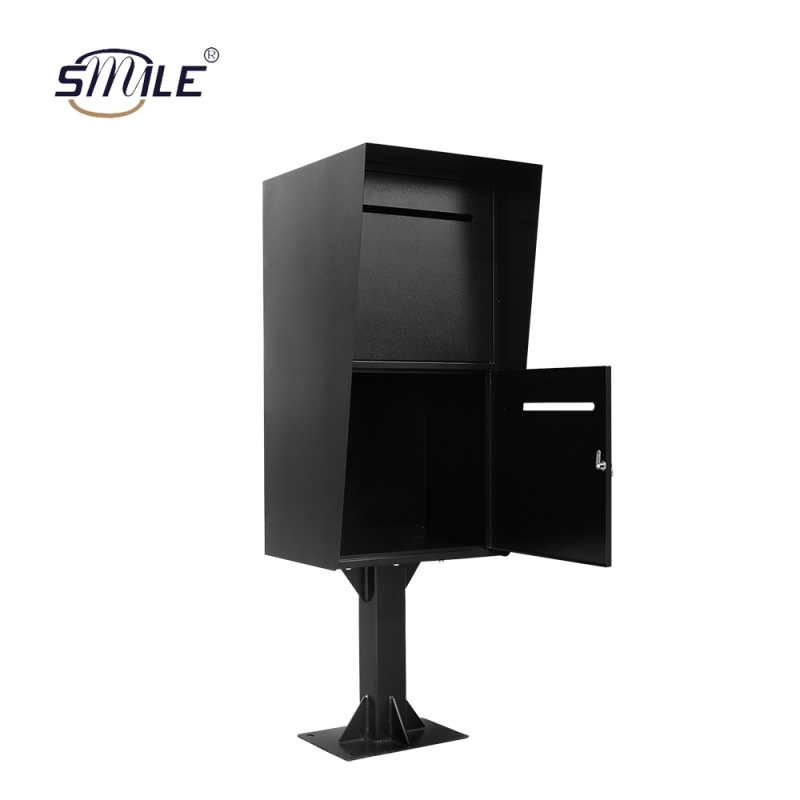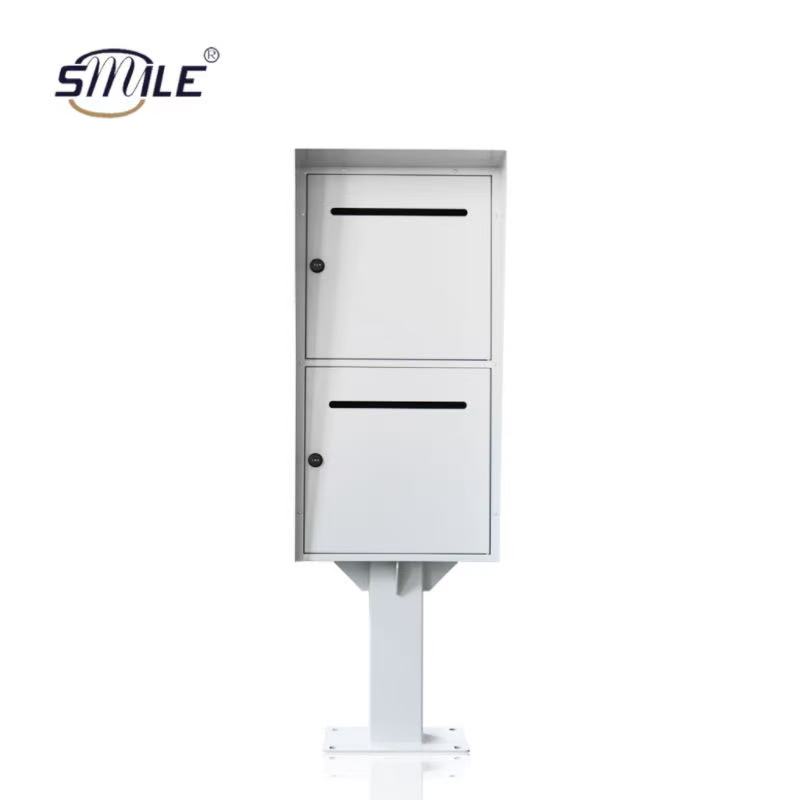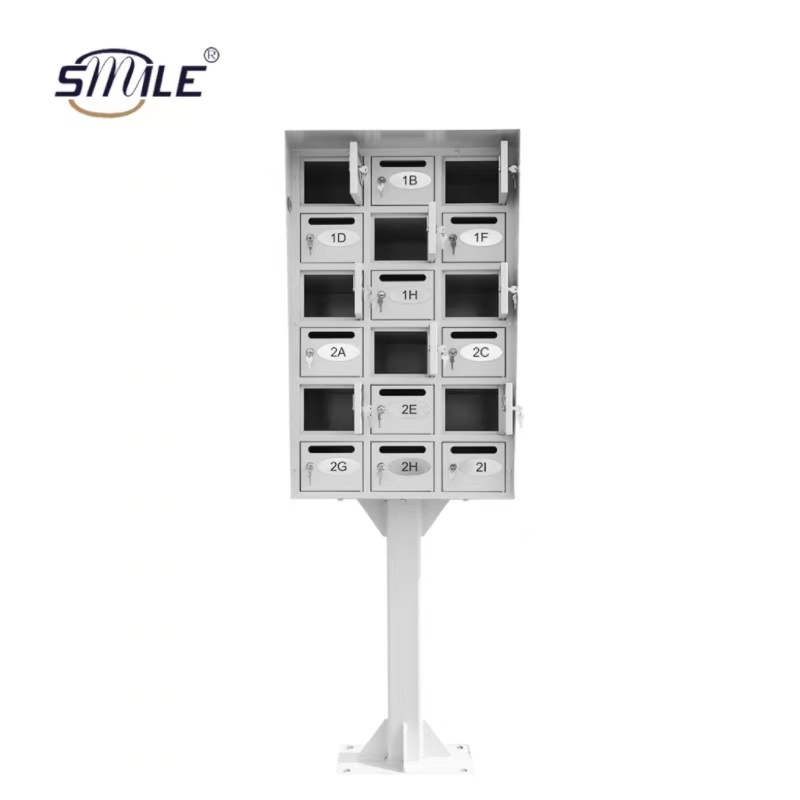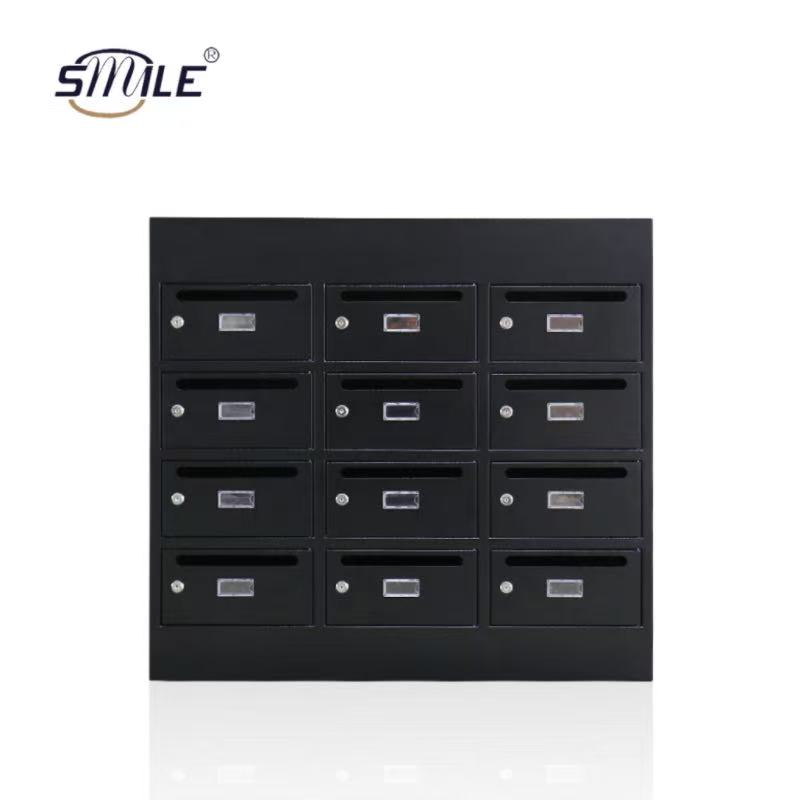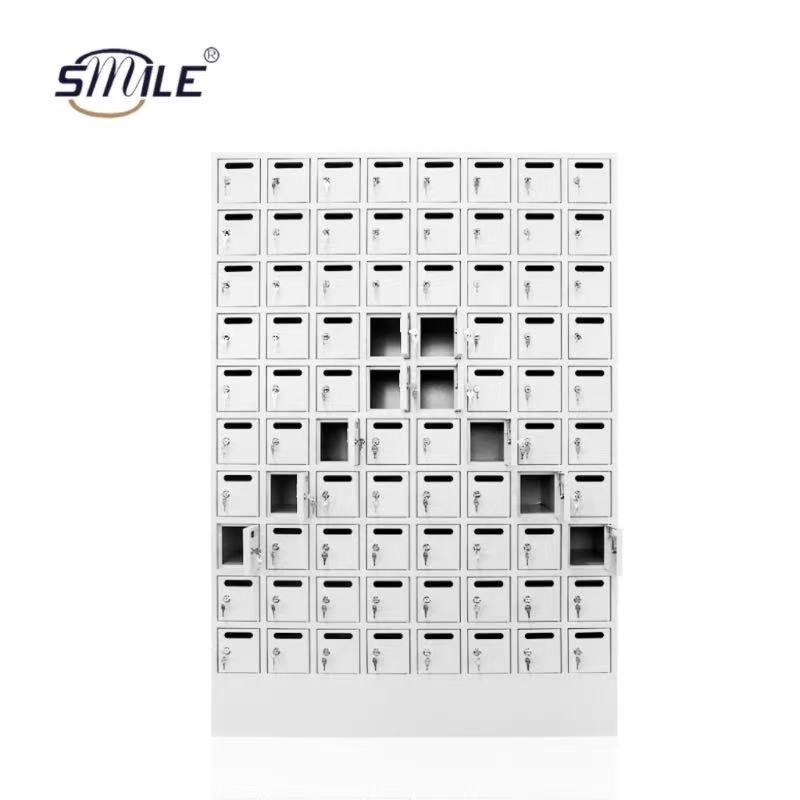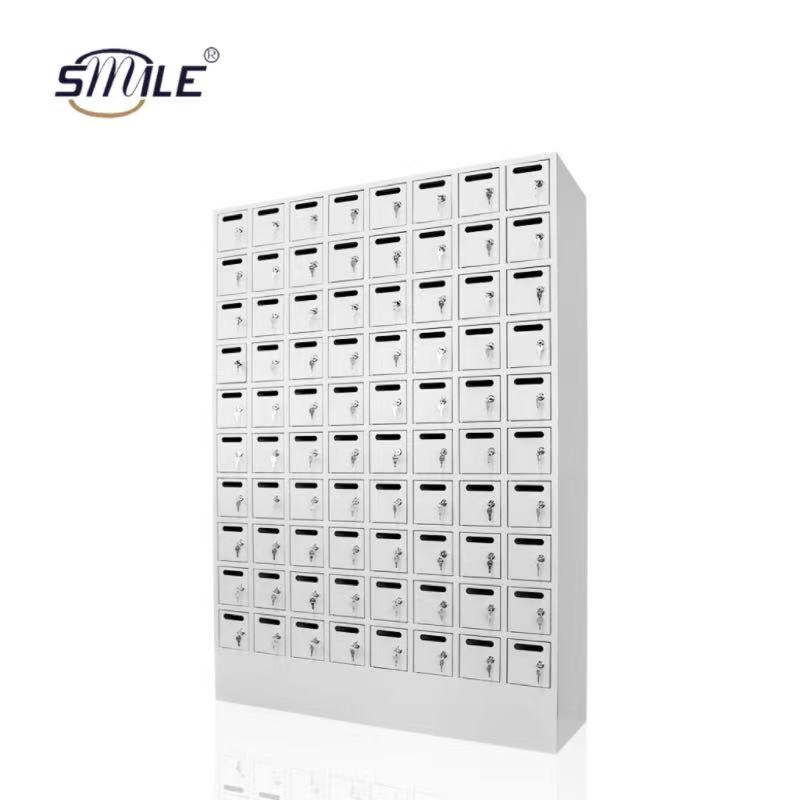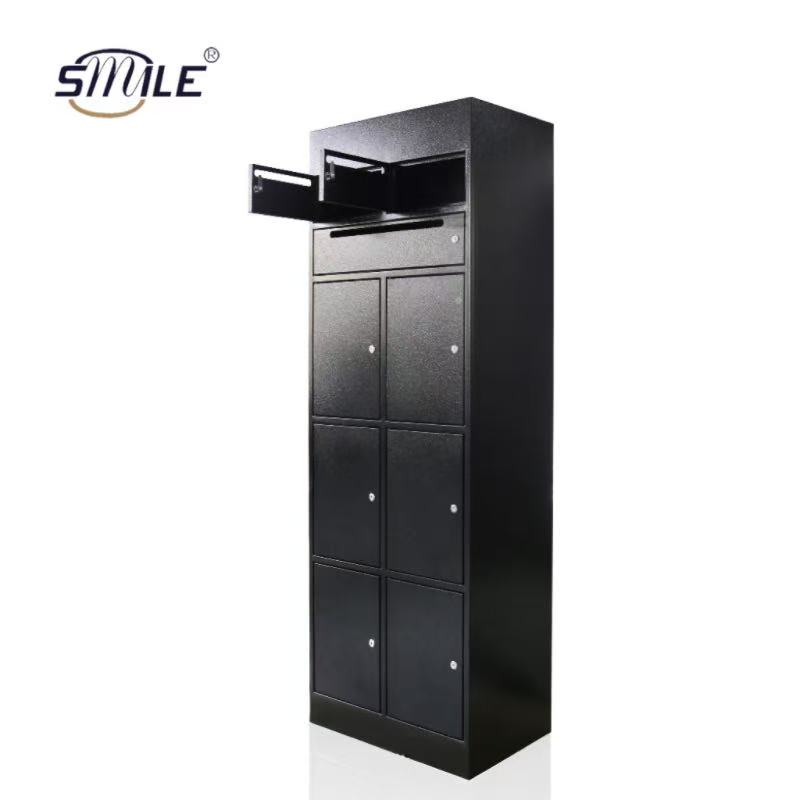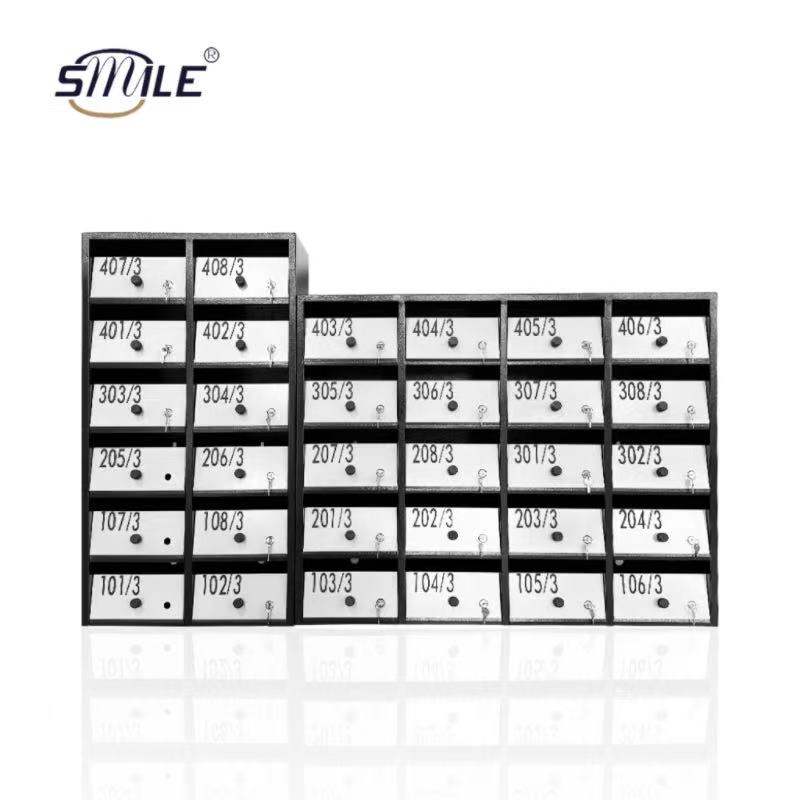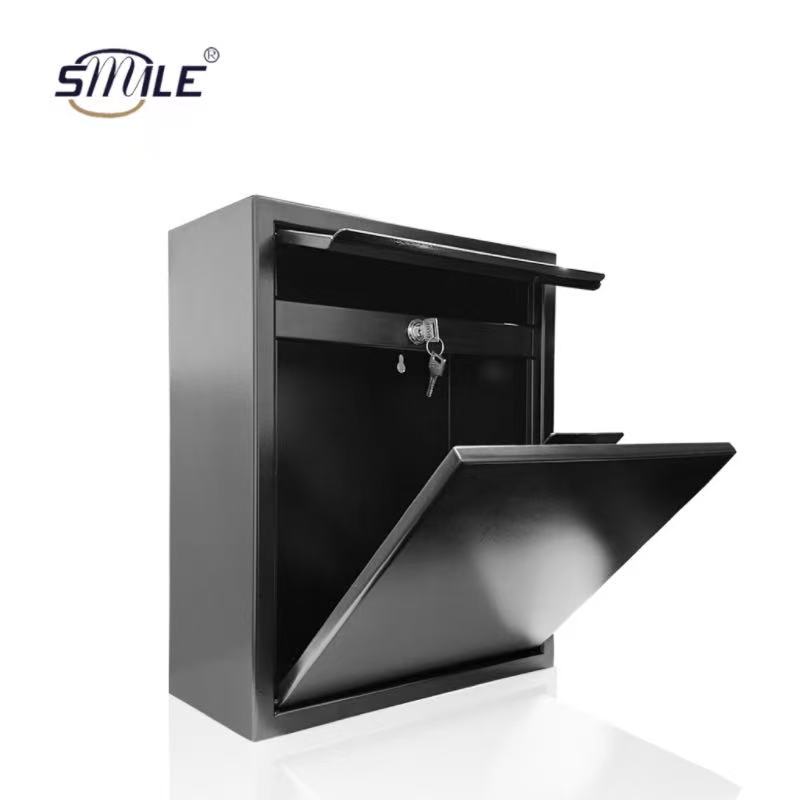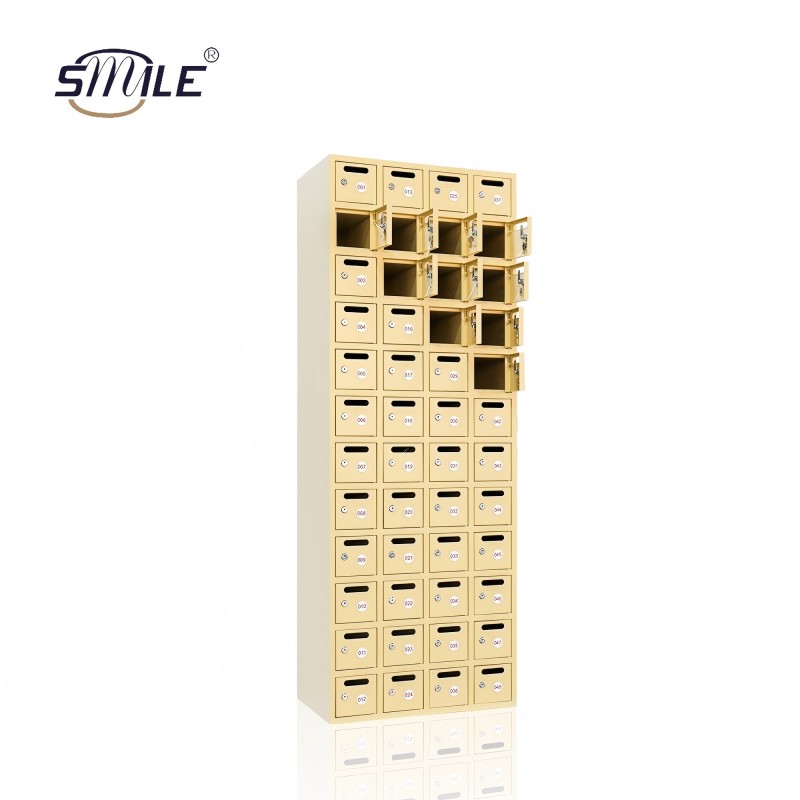A Comprehensive Comparison of Metal Part Cutting Processes: Laser, Plasma, or Waterjet?
In the of metal part manufacturing, the three major processes of laser cutting, plasma cutting, and waterjet cutting each display their unique strengths. Faced with different materials and precision requirements for sheet parts, how should manufacturers choose the optimal solution? This report provides an in-depth analysis of the applicable scenarios for the three technologies.
1. Laser Cutting: Preferred Choice for High-Precision Metal Parts
Typical Applications: Precision Sheet Metal Parts: Computer cases, electronic components (tolerance ±0.1mm)Thin Sheet Metal Parts: Stainless steel decorative parts (0.5-12mm thickness is optimal) Complex Graphics: Cutting irregular hole positions in car exhaust pipes
Advantages:Smooth and burr-free cuts, reducing secondary processing Supports cutting reflective materials such as stainless steel and aluminum alloys
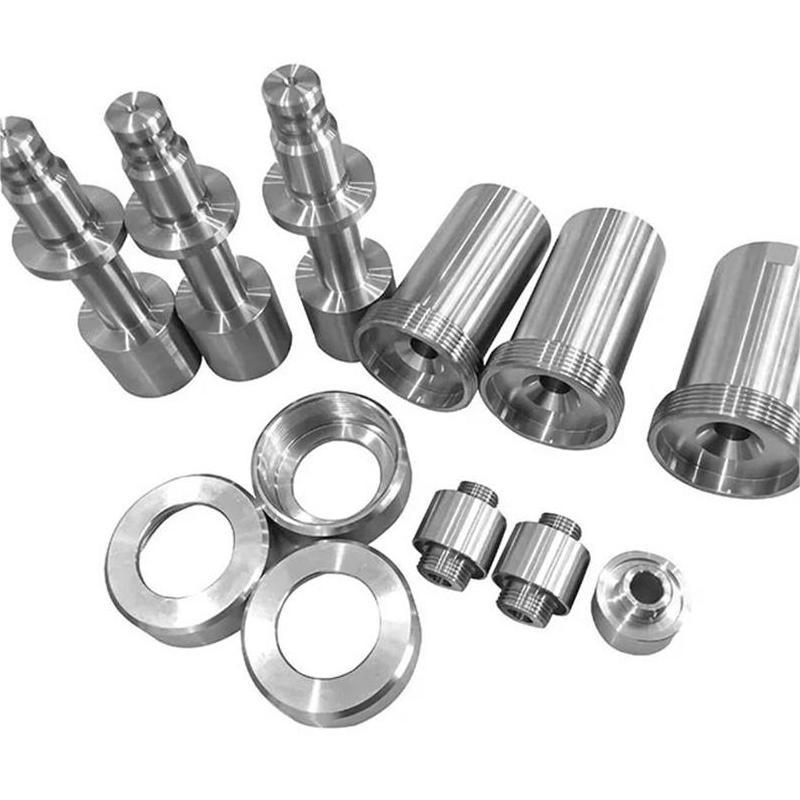 2. Pl Cutting: The Cost-Effective Choice for Medium to Thick Sheet Metal Cutting Parts
2. Pl Cutting: The Cost-Effective Choice for Medium to Thick Sheet Metal Cutting Parts
Typical Applications: Heavy-Duty Sheet Metal Parts: Engineering machinery plates (12-50mm) Emergency Processing: On-site rectification of metal structural parts Carbon Steel Parts: Agricultural equipment metal brackets
Advantages:Cutting speed is 3 times that of laser (20mm carbon steel) Equipment cost is only 1/5 of laser
3. Waterjetting: The "Cold Working" Expert for Special Metal Cutting Parts
Typical Applications: Composite Metal Parts: Cutting of titanium alloy aluminum alloy lam parts Sensitive Sheet Metal Parts: Heat-treated metal (avoiding heat-affected zones) Extra-Thick Workpieces: 150mm armor steel
Advantages:No thermal deformation, maintaining the original properties of the material Can cut any material metal parts
Industry TrendsWith the growth in demand for lightweight parts, the proportion of laser cutting in scenarios such as battery trays for new energy vehicles has increased by 60%. And with its environmental advantages, waterjet cutting has a 15% annual growth rate in the high-end sheet metal parts sector.In the field of metal processing, laser, plasma, and water jet cutting processes each have their own strengths, much like the "Three Musket" guarding the manufacturing industry. Laser cutting, with its exceptional precision, has become the go-to choice for processing thin metal parts; plasma cutting, with its high efficiency, out in the processing of medium to thick metal components; and water jet cutting, with its unique cold processing characteristics, showcases exceptional capabilities in dealing with special metal materials and ultra-thickpieces.

